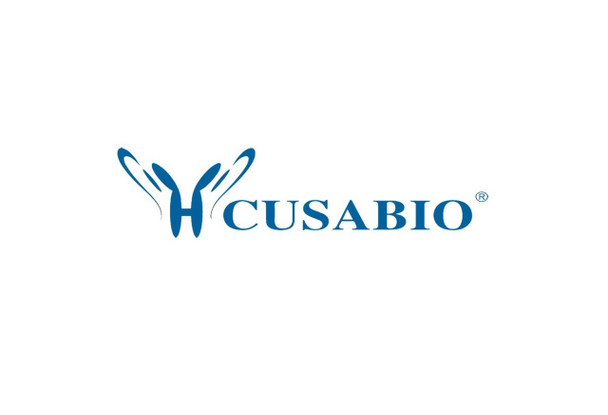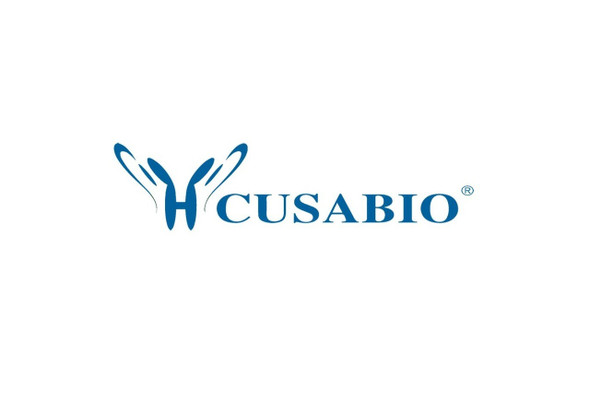Cusabio Rattus norvegicus Recombinants
Recombinant Rat Calcium/calmodulin-dependent protein kinase type IV (Camk4) | CSB-EP004471RA
- SKU:
- CSB-EP004471RA
- Availability:
- 13 - 23 Working Days
Description
Recombinant Rat Calcium/calmodulin-dependent protein kinase type IV (Camk4) | CSB-EP004471RA | Cusabio
Alternative Name(s): CaM kinase-GR;Calspermin
Gene Names: Camk4
Research Areas: Others
Organism: Rattus norvegicus (Rat)
AA Sequence: MLKVTVPSCPSSPCSSVTSSTENLVPDYWIDGSKRDPLSDFFEVESELGRGATSIVYRCKQKGTQKPYALKVLKKTVDKKIVRTEIGVLLRLSHPNIIKLKEIFETPTEISLVLELVTGGELFDRIVEKGYYSERDAADAVKQILEAVAYLHENGIVHRDLKPENLLYATPAPDAPLKIADFGLSKIVEHQVLMKTVCGTPGYCAPEILRGCAYGPEVDMWSVGIITYILLCGFEPFYDERGDQFMFRRILNCEYYFISPWWDEVSLNAKDLVKKLIVLDPKKRLTTFQALQHPWVTGKAANFVHMDTAQKKLQEFNARRKLKAAVKAVVASSRLGSASSSHTNIQESNKASSEAQPAQDGKDKTDPLENKMQAGDHEAAKAAADETMKLQSEEVEEEEGVKEEEEEEEEEEETSRMVPQEPEDRLETDDQEMKRNSEETLKSVEEEMDPKAEEEAAAVGLGVPPQQDAILPEY
Source: E.coli
Tag Info: N-terminal 6xHis-tagged
Expression Region: 1-474aa
Sequence Info: Full Length
MW: 57.2 kDa
Purity: Greater than 90% as determined by SDS-PAGE.
Relevance: Isoform 1: Calcium/calmodulin-dependent protein kinase that operates in the calcium-triggered CaMKK-CaMK4 signaling cascade and regulates, mainly by phosphorylation, the activity of several transcription activators, such as CREB1, MEF2D, JUN and RORA, which play pivotal roles in immune response, inflammation, and mory consolidation. In the thymus, regulates the CD4+/CD8+ double positive thymocytes selection threshold during T-cell ontogeny. In CD4 mory T-cells, is required to link T-cell antigen receptor (TCR) signaling to the production of IL2, IFNG and IL4 (through the regulation of CREB and MEF2). Regulates the differentiation and survival phases of osteoclasts and dendritic cells (DCs). Mediates DCs survival by linking TLR4 and the regulation of tporal expression of BCL2. Phosphorylates the transcription activator CREB1 on 'Ser-133' in hippocampal neuron nuclei and contribute to mory consolidation and long term potentiation (LTP) in the hippocampus. Can activate the MAP kinases MAPK1/ERK2, MAPK8/JNK1 and MAPK14/p38 and stimulate transcription through the phosphorylation of ELK1 and ATF2. Can also phosphorylate in vitro CREBBP, PRM2, MEF2A and STMN1/OP18 .Isoform 2: Heat-stable, acidic, calmodulin-binding protein.
Reference: Catalytic activity is required for calcium/calmodulin-dependent protein kinase IV to enter the nucleus.Lemrow S.M., Anderson K.A., Joseph J.D., Ribar T.J., Noeldner P.K., Means A.R.J. Biol. Chem. 279:11664-11671(2004)
Storage: The shelf life is related to many factors, storage state, buffer ingredients, storage temperature and the stability of the protein itself. Generally, the shelf life of liquid form is 6 months at -20?/-80?. The shelf life of lyophilized form is 12 months at -20?/-80?.
Notes: Repeated freezing and thawing is not recommended. Store working aliquots at 4? for up to one week.
Function: Isoform 1
Involvement in disease:
Subcellular Location: Cytoplasm, Nucleus
Protein Families: Protein kinase superfamily, CAMK Ser/Thr protein kinase family, CaMK subfamily
Tissue Specificity: Isoform 1 is expressed in brain and isoform 2 is testis specific.
Paythway:
Form: Liquid or Lyophilized powder
Buffer: If the delivery form is liquid, the default storage buffer is Tris/PBS-based buffer, 5%-50% glycerol. If the delivery form is lyophilized powder, the buffer before lyophilization is Tris/PBS-based buffer, 6% Trehalose, pH 8.0.
Reconstitution: We recommend that this vial be briefly centrifuged prior to opening to bring the contents to the bottom. Please reconstitute protein in deionized sterile water to a concentration of 0.1-1.0 mg/mL.We recommend to add 5-50% of glycerol (final concentration) and aliquot for long-term storage at -20?/-80?. Our default final concentration of glycerol is 50%. Customers could use it as reference.
Uniprot ID: P13234
HGNC Database Link: N/A
UniGene Database Link: UniGene
KEGG Database Link: KEGG
STRING Database Link: STRING
OMIM Database Link: N/A










